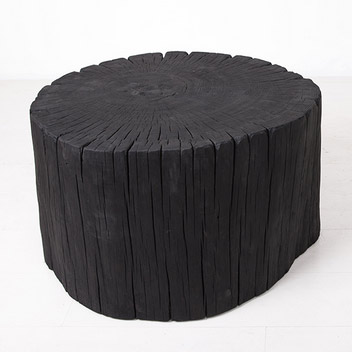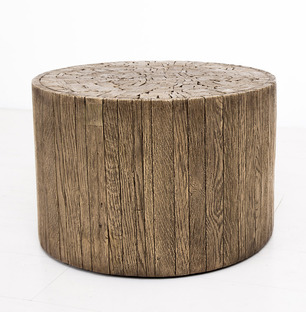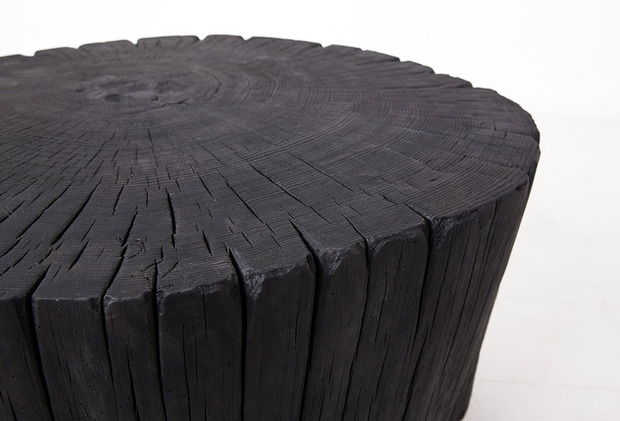Unconventional Stools from UHURU
Two unique seats employ bronze casting and traditional Japanese wood-charring techniques



Though Brooklyn’s furniture brand UHURU was founded in 2004, it wasn’t until the debut of their 2010 collection of repurposed Coney Island boardwalk planks that UHURU went from a small design and build shop to having a piece in the permanent collection of the Smithsonian American Art Museum. In years since, UHURU has continued to utilize reclaimed materials—2011’s War Craft Collection used deck wood from the USS North Carolina—and now we’re excited to see the studio experimenting further with materials and production techniques.
Of particular interest, is the Hono Stool, which relies on the ancient Japanese Shou Sugi Ban technique of preserving wood by charring it, and the Bronze Stoolen; a solid cast bronze take on one of UHURU’s original designs.

While plenty of designers use cast bronze to stunning effect, the Bronze Stoolen is worth a second look for its intricate detailing and strategic positioning within the line—UHURU plans to introduce many more cast bronze versions of past designs in the coming year. The Hono Stool, on the other hand, is an exceptionally rare piece—both in terms of aesthetic quality and quantity made (just 25 in the edition). While the Shou Sugi Ban technique is most often used on building façades, the finish is even more stunning in stool form—especially when applied to solid rounds cut from reclaimed cedar poles from the Pacific Northwest.
Check UHURU online to see how the Hono Stool is made and to view the rest of their wood and metal-centric collection.
Images courtesy of UHURU











